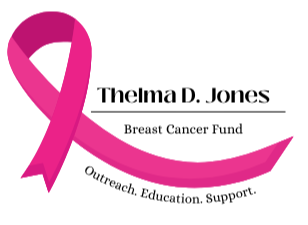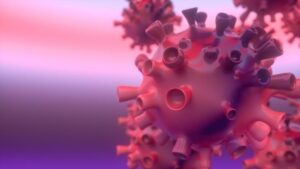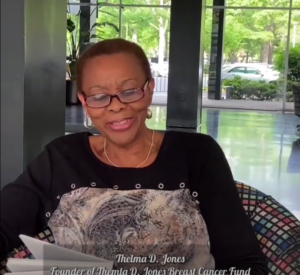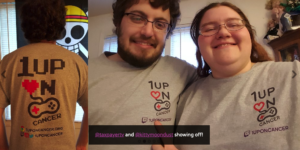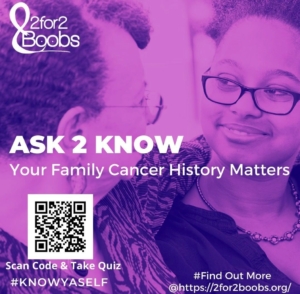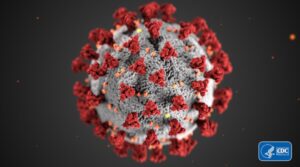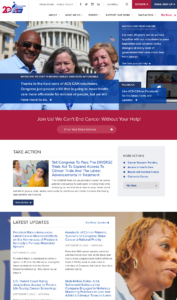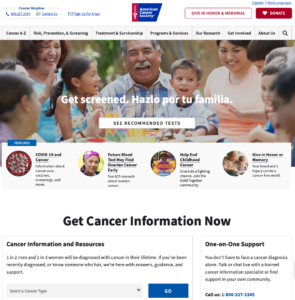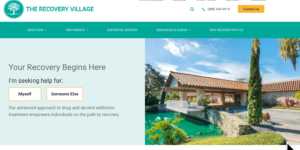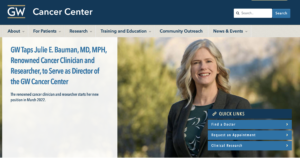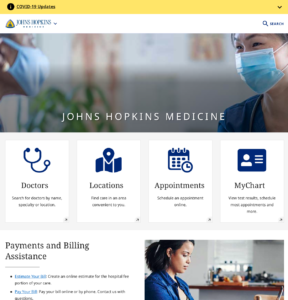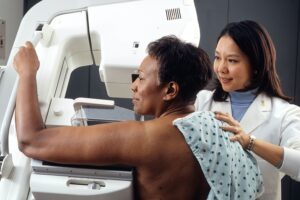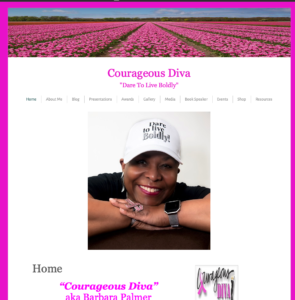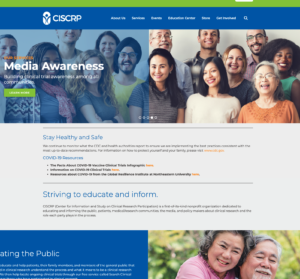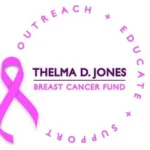
floridarehab.com
Opioids are usually prescribed to relieve pain. However, if they are used for long periods, especially in high doses, opioid use disorder (also called opioid addiction or opioid abuse) can develop. Common opioids include prescription pain medications like oxycodone, hydrocodone, morphine and fentanyl, as well as illegal drugs like heroin.
Opioid overdose is the leading cause of overdose deaths in the United States, with 47,600 deaths being attributed to prescription and illicit opioids in 2017. Opioid use disorder can be treated with various types of rehabilitation programs.
To fully understand opioid addiction, it’s important to understand how these drugs are so addictive, as well as what their intended medical purposes are.
Opioids are quite addictive, making opioid use disorder possible for anyone who uses these drugs. When a person takes an opioid, the drug enters the brain through the bloodstream, creating a rush of endorphins and dopamine, which are neurotransmitters in the brain that lead to feelings of euphoria, pleasure and satisfaction. This opioid high is not like a naturally-occurring rush of dopamine or endorphins. The only way a person can experience it again is by using an opioid again.
How Are Opioids Abused?
Opioid use is considered abuse when opioid medications are taken in ways other than prescribed by a medical provider. Examples of opioid abuse include:
- Taking an illicit opioid drug that has no legal medical use (such as heroin)
- Taking someone else’s prescription opioid
- Taking a larger dose than what is prescribed
- Taking the opioid in a different way than prescribed (for example, crushing tablets and snorting them or mixing with liquid and injecting into a vein)
- Taking the opioid not to relieve pain, but to achieve a high
The Recovery Village Palm Beach at Baptist Health Drug and Alcohol Rehab
4905 Lantana Rd. Lake Worth, FL 33463
Categories
Tags
“An Evening of Healing with Smith Center for Healing and the Arts” via Zoom Wednesday, July 15, at 6 pm.
Wednesday, July 15, at 6 pm. For the third consecutive...
Monthly support group meeting Oct 21, 2020
TDJBCF will host its monthly support group meeting on Wednesday,...
Thelma D. Jones Breast Cancer Fund Support Group Annual Breast Cancer Awareness Celebration- Oct 21, 2020
Time: Oct 21, 2020 06:00 PM Eastern Time (US and...
